Forget the Fairground: How to Make Truly Amazing Churros at Home
So, You Want to Make Real Churros?
I’ve spent more time than I can count in professional kitchens, from big-deal hotels to tiny artisan bakeries. And through it all, some of the simplest classics are still the ones that get me excited. The churro is right at the top of that list. I vividly remember the first time a mentor of mine—a brilliant, no-nonsense chef from Spain—had me make them. He taught me that a great churro isn’t just a stick of fried dough. It’s a perfect balance of temperature, texture, and technique. It’s basically edible science.
In this article
Let’s get one thing straight. You’ll see recipes online promising perfect churros in 15 minutes. To be frank, that’s just not going to happen if you want to do it right. A proper churro, the kind with a shatteringly crisp shell and a soft, steamy inside, demands a little patience. From start to finish, you should plan for about 75-90 minutes. This gives you time for prep, cooking the dough, and frying in batches without rushing.
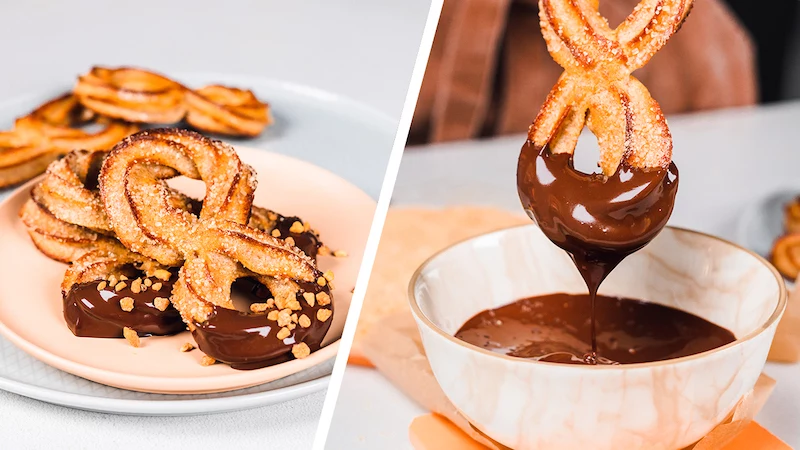
This guide isn’t about speed; it’s about craft. We’re going to make authentic, fried-to-perfection churros from scratch, and I’ll walk you through the why behind every step. We’ll cover the common mistakes and the little details that separate a soggy home attempt from a pro-quality result. Let’s get our hands dirty.
The Secret is the Dough: A Quick Dive into Pâte à Choux
At its heart, churro dough is a type of hot water crust called pâte à choux. If that sounds fancy, don’t worry. It’s the same stuff used for éclairs and cream puffs. Understanding how it works is the key to mastering it, and honestly, it’s not that complicated.
First, We Cook the Flour
The whole process kicks off by boiling water with butter, sugar, and salt. Then, you dump in all the flour at once and start stirring it over the heat. This step is absolutely critical. We’re creating what chefs call a panade. By cooking the flour, we’re gelatinizing its starches—think of it like making a super thick, doughy gravy. This allows the flour to absorb way more liquid (the eggs we’ll add later) than it ever could raw.
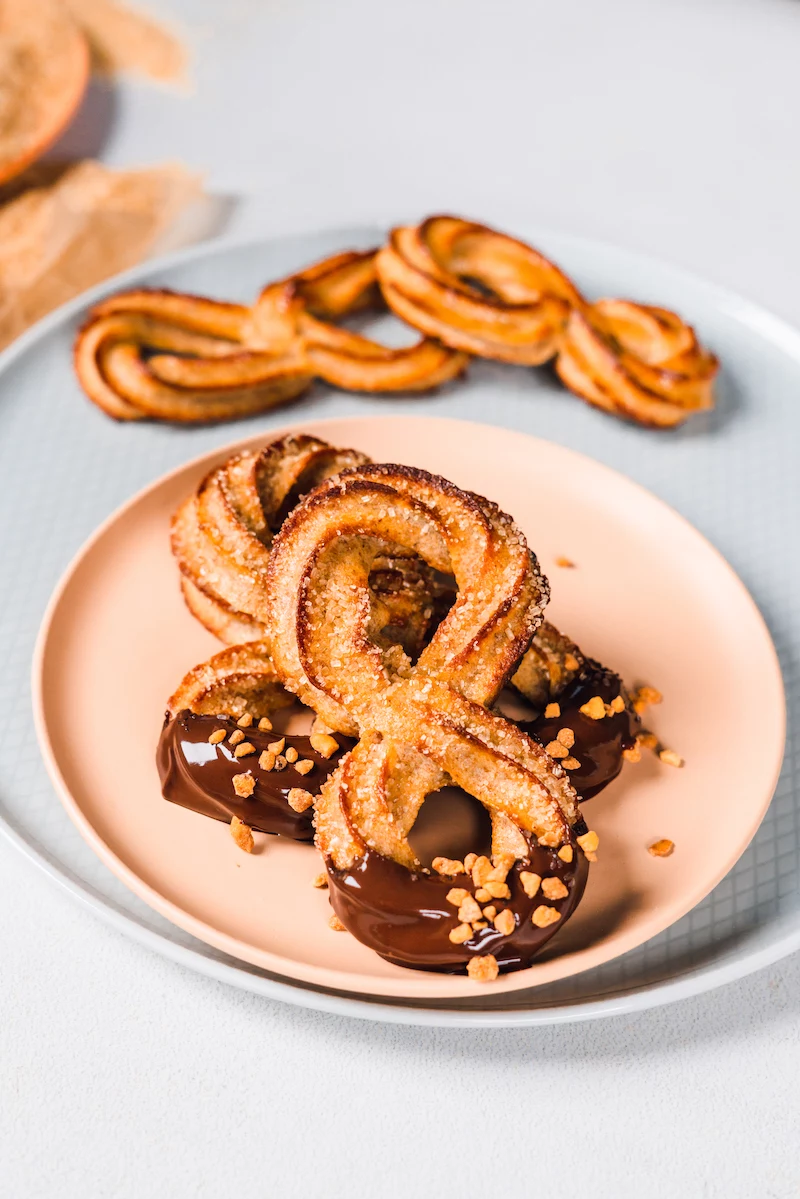
Why does that matter? All that moisture trapped in the dough is what creates the magic. When the churro hits the hot oil, the water turns into steam, pushing outward and puffing up the dough. That’s how you get that signature light, almost hollow center.
You’ll know the panade is ready when the dough pulls away cleanly from the sides of the pot and forms a smooth ball. You’ll also see a thin, starchy film on the bottom of the pan—that’s the sign you’ve done it right. This usually takes about 2 to 3 minutes of constant stirring with a good wooden spoon.
The Role of Eggs and Fat
Once the panade is cooked, it needs to cool down for a few minutes. This is a step people always rush, and it ends in tears. If you add eggs to a screaming hot dough, they’ll scramble on contact. I’ve seen it happen. You get a grainy, separated mess that you just have to throw out. So let it cool!
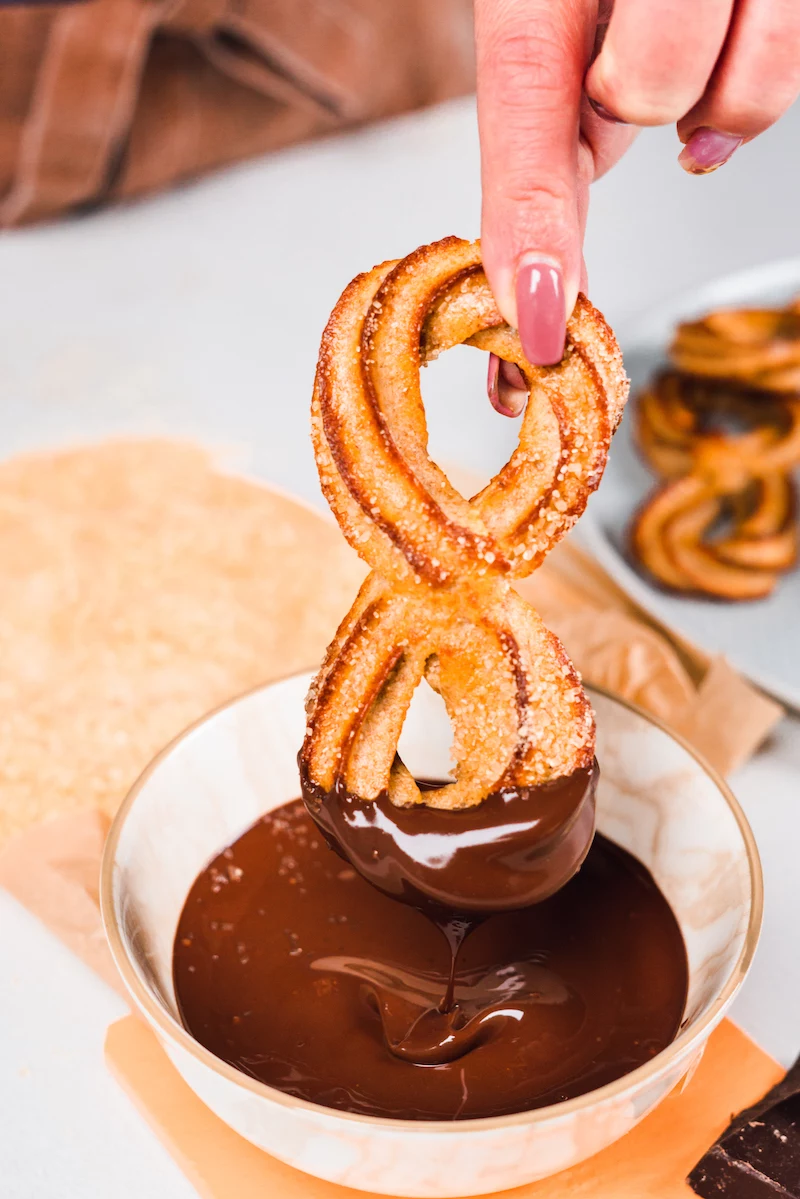
After a few minutes, you add the eggs one at a time. The dough will look broken and slippery at first—that’s totally normal. Just keep mixing, and it’ll come back together into a gorgeous, glossy paste. The eggs add richness and flavor, but most importantly, they provide the final blast of moisture that helps the churros puff up. The butter in the dough? That’s there for flavor and to keep the final product tender, ensuring it fries up to a beautiful golden brown.
Let’s Get Frying: The Classic Churro Method
This is how it’s done in traditional churrerías and professional kitchens. Using a kitchen scale for your ingredients is highly recommended. Pastry is chemistry for cooks, and accuracy really does make a difference.
What You’ll Need
- Water: 1 cup (240 ml). This is the foundation for the steam that makes churros light and airy.
- Unsalted Butter: 8 tablespoons (113g or 1/2 cup). Using unsalted butter lets you control the saltiness. For a more traditional, savory flavor, some old-school recipes use olive oil instead.
- Granulated Sugar: 1 tablespoon (15g). Just a touch in the dough itself; the real sweetness comes from the coating later.
- Salt: 1/2 teaspoon. It’s essential for balancing the sweetness and making the other flavors pop.
- All-Purpose Flour: 1 cup plus 1 tablespoon (140g). AP flour has the perfect protein content. Bread flour makes them tough, and cake flour makes them too fragile.
- Large Eggs: 3 of them. This is where a scale is handy, as egg sizes vary. If your dough feels off, egg size is usually the culprit.
- Neutral Oil for Frying: About 1.5 to 2 quarts of canola, grapeseed, or sunflower oil. The key is to have a depth of at least 2 inches in a 5-quart Dutch oven or heavy pot.
- For the Coating: Mix 1 cup (200g) of granulated sugar with 1 tablespoon (10g) of ground cinnamon in a shallow dish.
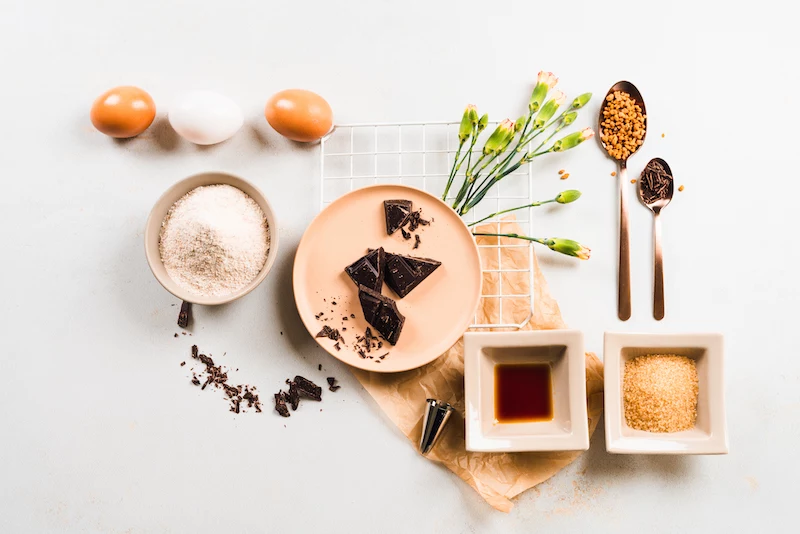
The Step-by-Step Game Plan
1. Prep Your Stations. Before you even think about cooking, get everything ready. It’s what the pros call mise en place, and it’s a lifesaver. Set up your frying station with a heavy-bottomed pot, a deep-fry thermometer, a slotted spoon or spider skimmer, and a wire rack over a baking sheet for draining. Get your cinnamon sugar ready. Fit a sturdy piping bag with a large, OPEN star tip (something like an Ateco 826 is perfect). A closed star tip can trap air and cause the churros to burst. Not fun.
2. Make the Dough (Panade). In a saucepan, bring the water, butter, sugar, and salt to a rolling boil. Once the butter is melted, dump in all the flour at once. Stir like you mean it with a wooden spoon for 2-3 minutes over medium heat. The dough will become smooth and pull away from the sides of the pan.
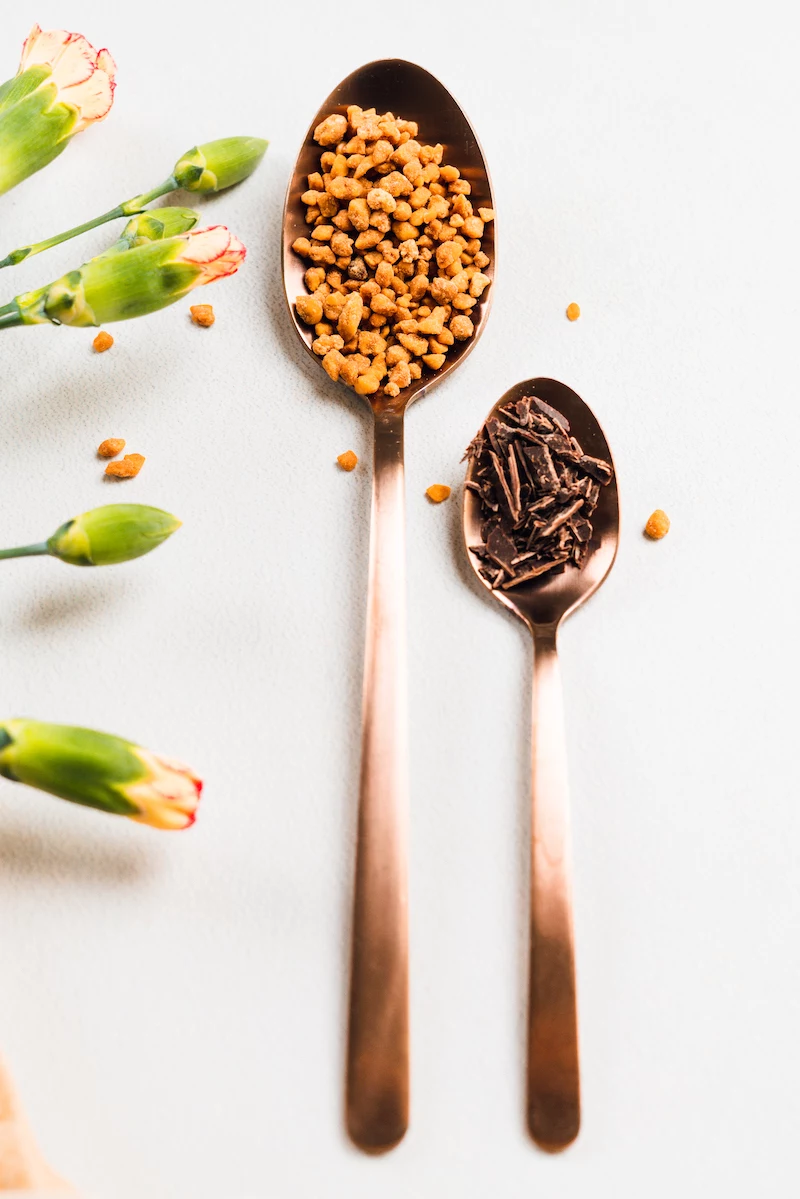
3. Cool it Down. Transfer the hot dough to the bowl of a stand mixer with the paddle attachment. Let it cool for 5-7 minutes. You can run the mixer on low to speed this up. You want it warm, but not so hot it will cook the eggs (around 140°F or 60°C is perfect). Oh, and you can absolutely do this by hand in a bowl, but be ready for an arm workout! It’s how apprentices used to build character.
4. Add the Eggs. With the mixer on low, add the first egg. The dough will look like a mess. Don’t panic. It will come together. Scrape down the bowl, then repeat with the next two eggs, adding each one only after the last is fully mixed in. The final dough should be thick, smooth, and glossy.
5. Heat the Oil. Now, heat your oil to 360°F (182°C). This temperature is EVERYTHING. Too low, and you get greasy, sad churros. Too high, and they’ll be burnt on the outside and raw inside. A good digital thermometer costs maybe $15 online or at Target and is the best investment you can make for frying.
Heads up! If you absolutely refuse to use a thermometer (I don’t recommend it), you can try the old bread cube test. A 1-inch cube of bread dropped in the oil should turn golden brown in about 45-60 seconds. But seriously, just get a thermometer.
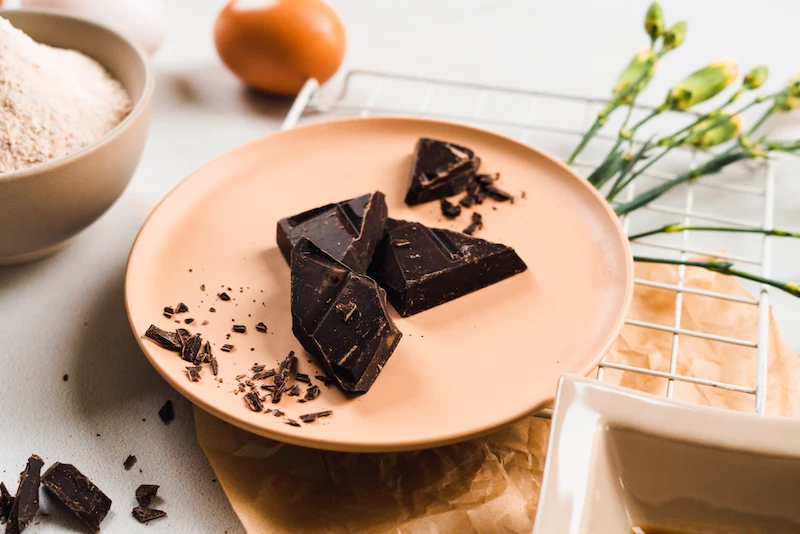
6. Pipe and Fry. Carefully pipe 4- to 6-inch strips of dough directly into the hot oil, snipping the end with a clean pair of scissors. Don’t overcrowd the pot—fry in batches of 4 or 5. Too many at once will drop the oil temperature. Fry for about 2-3 minutes per side until they’re a deep golden brown and feel crisp.
7. Drain and Coat. Use your spider to lift the churros onto the wire rack. Let them drain for just 30 seconds—you want them hot enough for the sugar to stick. Roll the warm churros in your cinnamon-sugar mix until they’re generously coated. Serve them immediately for the best experience.
Not All Churros Are Created Equal: Spanish vs. Mexican Styles
The churro you find in Spain is a different beast from the one you’d get in Mexico, and both are wonderful. In Spain, they’re often a breakfast food, served plain without any cinnamon sugar. The sweetness comes from dipping them in a cup of incredibly thick, rich hot chocolate called chocolate a la taza.
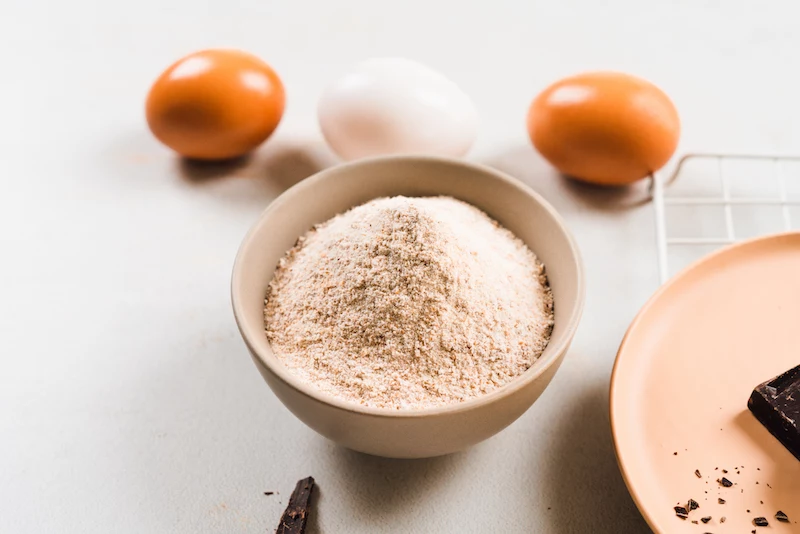
And you can’t just be teased with that image, right? For a quick version of that dipping chocolate, just whisk a tablespoon of cornstarch into 1.5 cups of whole milk in a saucepan. Then, add about 5 ounces (150g) of chopped dark chocolate (at least 70%) and heat it gently, whisking constantly until it’s thick enough to generously coat a spoon. Heaven.
The Mexican and Latin American style is what most of us in North America think of: straight, thick, and rolled in a heavy coat of cinnamon sugar. They’re also often filled with things like caramel (cajeta or dulce de leche), chocolate, or fruit jam. It’s a completely different, more decadent vibe.
Home Kitchen Hacks & Honest Advice
What About Baked “Churros”?
Let’s be real for a second. A baked churro is not a true churro. The texture is completely different because baking is a dry heat process. Frying is what creates that iconic blistered, crispy shell that seals in steam and makes the inside soft and custardy. To make it crystal clear:
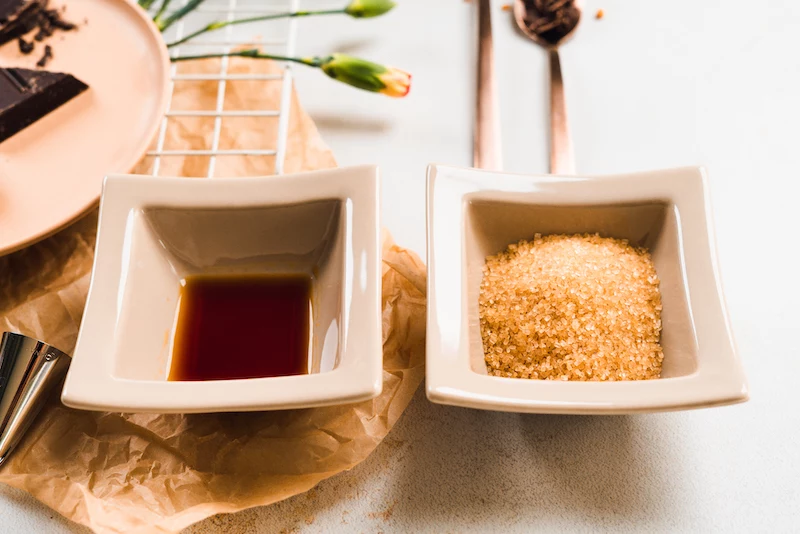
- Fried Churros (The Real Deal): Give you that classic, shatteringly crisp outside with a soft, steamy, almost custardy inside. This is the goal.
- Baked “Churros”: Are much drier and end up more like a crunchy, ridged cookie or an éclair shell. Still tasty, for sure, but a totally different pastry.
If you want to try baking them, preheat your oven to 400°F (200°C), pipe the dough onto a parchment-lined sheet, brush with a little melted butter, and bake for 20-25 minutes until golden and firm.
Can I Make the Dough Ahead?
Yes! You can make the dough up to two days in advance. Just store it in an airtight container in the fridge with plastic wrap pressed directly onto the surface so it doesn’t form a skin. It’ll be stiff when cold, so let it sit out for about 30 minutes before you try to pipe it.
Troubleshooting Common Churro Disasters
- Problem: My churros are greasy and soggy.
The Cause: Your oil was too cold. The dough soaked up oil before the crust could form. Use a thermometer and let the oil heat back up between batches! - Problem: They’re burnt outside but raw inside.
The Cause: Your oil was too hot. The outside cooked too fast. Again, a thermometer is your best friend. Keep it at that 360°F (182°C) sweet spot. - Problem: The dough was too runny to pipe!
The Cause: Almost always a measurement issue. Either your eggs were too big or you scooped your flour instead of weighing it. If it’s just a little loose, chilling it for 30 minutes might firm it up enough to work. - Problem: A churro EXPLODED in the oil!
The Cause: This is a scary but preventable problem. It happens when an air pocket gets trapped in the dough. The number one cause is using a closed star piping tip, which folds the dough over itself. ALWAYS use a large, open star tip. Another quick tip: a sturdy cookie press with a star disk can also work if you don’t have a good piping bag. Just don’t use a flimsy plastic baggie—they can split and spray hot dough everywhere.
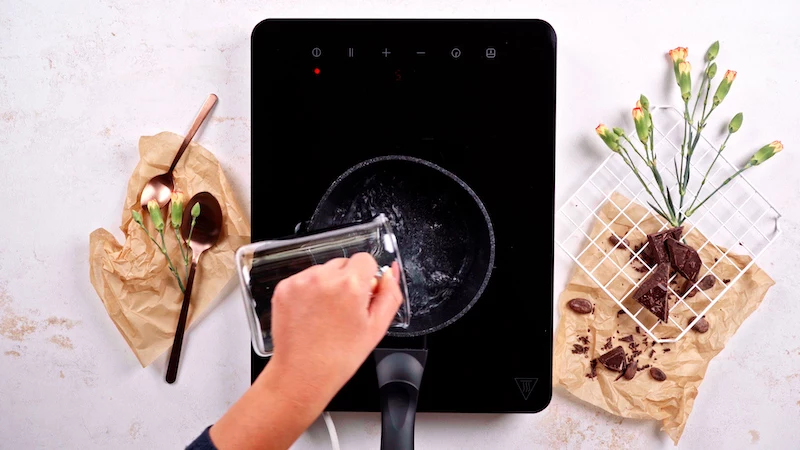
A Quick Word on Safety
Alright, let’s have a serious talk for a second. Deep frying can be dangerous if you’re not careful. Hot oil is no joke.
Never, ever walk away from a pot of hot oil. Keep a lid nearby; if it ever catches fire, turn off the heat and slide the lid on to smother it. DO NOT use water. Keep kids and pets far away from the stove. And when you’re done, let the oil cool completely before pouring it into a sealable container (like the bottle it came in) and tossing it in the trash.
There you have it. This is the real deal—the techniques and knowledge to make churros that will blow any fairground version out of the water. Take your time, be safe, and enjoy every last cinnamon-dusted bite.
Inspirational Gallery
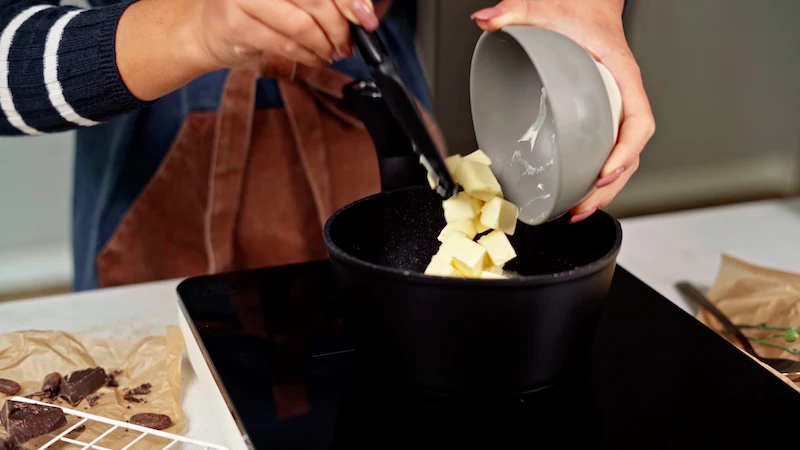
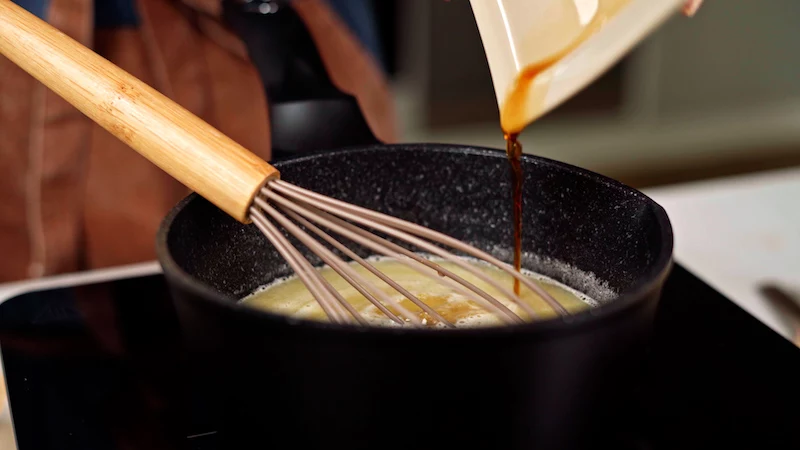
The right tool for the job: The shape of your churros isn’t just for looks. A classic open-star piping tip, like an Ateco 824 or Wilton 1M, creates ridges that cook faster than the body. This is the secret to getting that signature crunchy exterior while the inside stays soft and pillowy. A smooth, round tip can trap steam, creating a risk of the churro bursting in the hot oil.
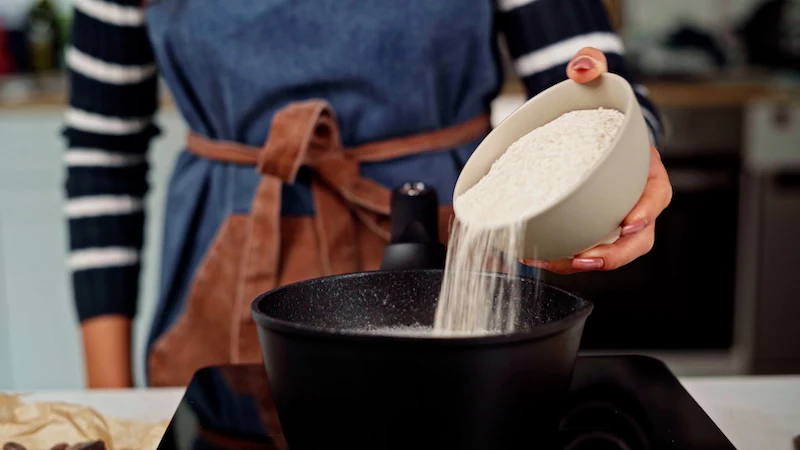
Did you know? The most popular theory suggests churros were invented by Spanish shepherds. Living high in the mountains with no access to bakeries, they created a simple cake-like dough that could be easily fried in a pan over an open fire.
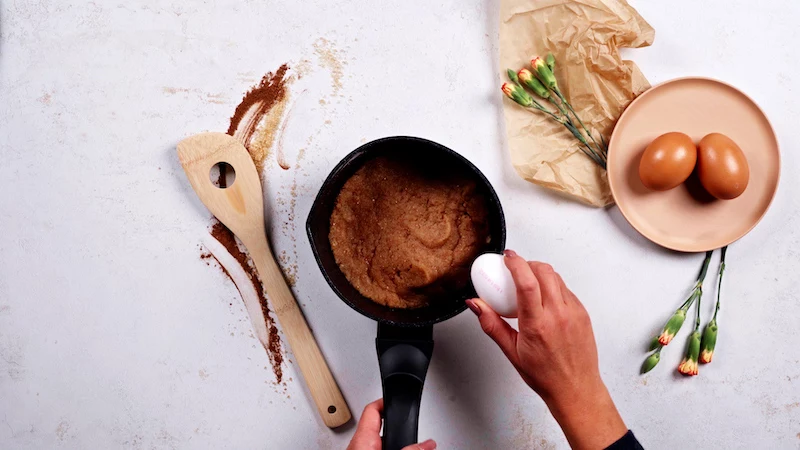
What makes the perfect dipping chocolate?
Forget thin, watery cocoa. A traditional Spanish ‘chocolate a la taza’ is thick enough to coat the churro without making it soggy. It’s more of a pudding than a drink. To achieve this at home, use a high-quality dark chocolate (at least 70% cacao) and thicken it with a touch of cornstarch. Brands like Valor from Spain specialize in this style of thick, intense hot chocolate.
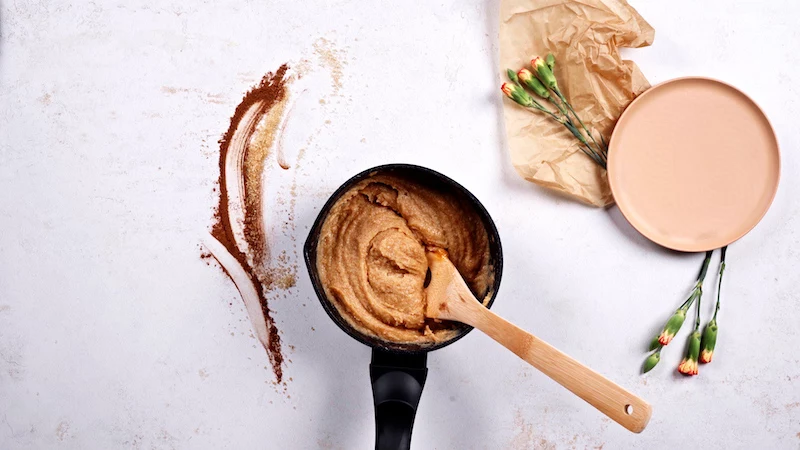
- Incredibly even, crunchy coating.
- Sweetness that clings perfectly to every ridge.
- A beautiful, sparkling finish.
The secret? The timing of your sugar toss. You must coat the churros the moment they come out of the oil. Drain them for just a few seconds on a wire rack, and while they are still piping hot and glistening, toss them generously in your cinnamon-sugar mixture. Wait too long, and the surface dries, leaving the sugar unable to stick.

Deep Fryer: Offers precise temperature control, which is the key to consistent results. The built-in basket makes frying and retrieving churros incredibly simple and safe.
Dutch Oven: A heavy-bottomed pot like a Le Creuset or Staub provides excellent heat retention, preventing drastic temperature drops when you add the dough. You’ll need a separate clip-on thermometer to monitor the oil, but it’s a versatile, multi-purpose tool most kitchens already have.
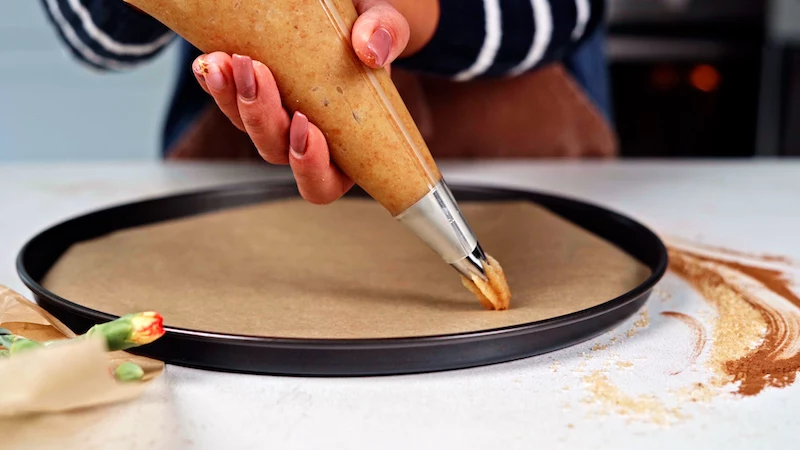
A critical warning: Never add the eggs while the cooked flour mixture (the *panade*) is still piping hot. If you do, you’ll scramble them on contact, resulting in a lumpy, grainy dough that won’t pipe smoothly. Let it cool in the mixing bowl for 5-10 minutes—it should be warm to the touch, not hot—before incorporating the eggs one by one.
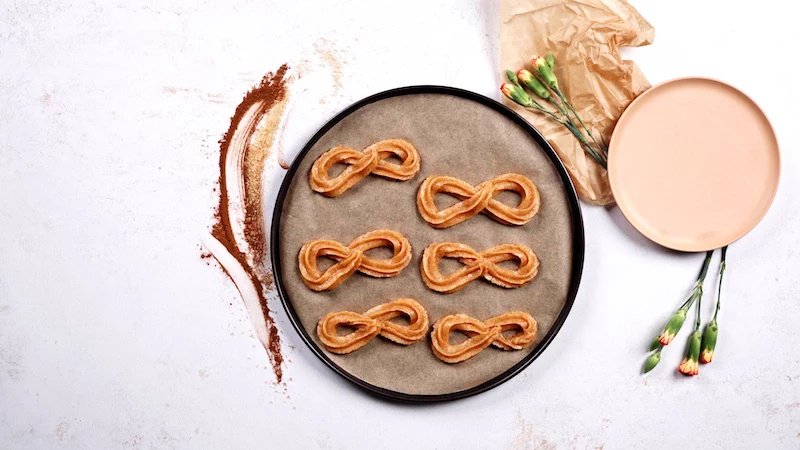
Go beyond classic cinnamon. Elevate your churros by creating a custom sugar blend. Just mix fine white sugar with one of these for an unexpected twist:
- Spiced Orange: Finely grated orange zest and a pinch of cardamom.
- Mexican Kick: A dash of cayenne pepper and a hint of smoked paprika.
- Cozy Autumn: A mix of nutmeg, ginger, and allspice.
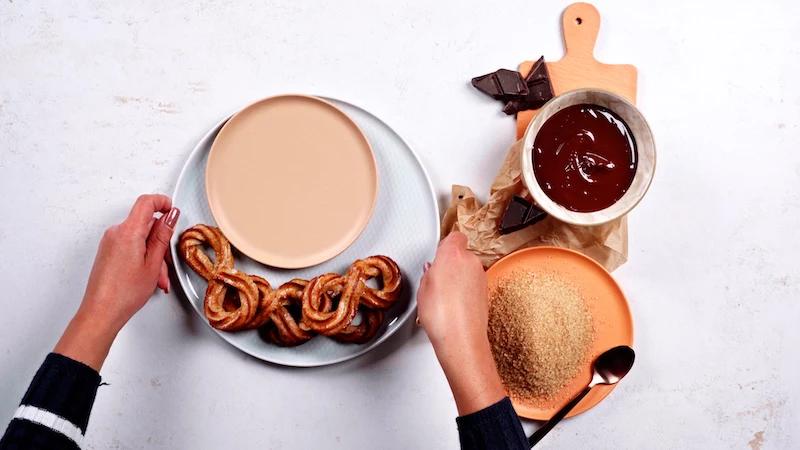
The smoke point of most neutral frying oils (like canola or sunflower) is around 204°C (400°F).
This is important because you need to fry churros at a steady 180-190°C (350-375°F). If your oil is too cool, the dough will absorb grease and become heavy. If it’s too hot and starts to smoke, it will burn the outside before the inside can cook, imparting a bitter taste. A reliable digital thermometer is your best friend here.
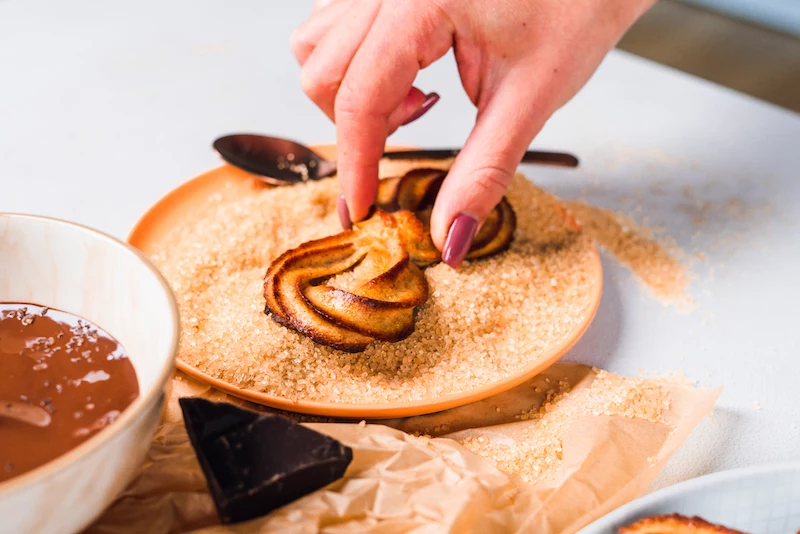
Don’t overcrowd the pan! It’s tempting to fry as many churros as possible at once, but this is a classic mistake. Adding too much dough at once will cause the oil temperature to plummet. This leads to the cardinal sin of churro-making: a pale, greasy, and soggy result. Fry in small batches of 3-4 at a time to maintain heat and ensure a perfectly crisp texture.
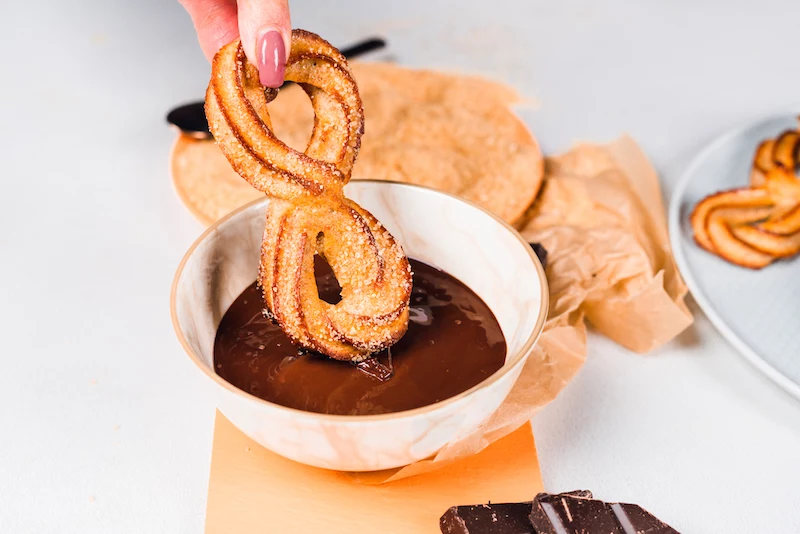
Think beyond Spain and explore how the world enjoys its fried dough. In Mexico, churros are often served thicker and filled with luscious cajeta (caramelized goat’s milk) or dulce de leche. In Brazil, you’ll find them filled with everything from chocolate to tropical fruit jams. It’s a testament to a perfect recipe’s ability to travel and adapt.
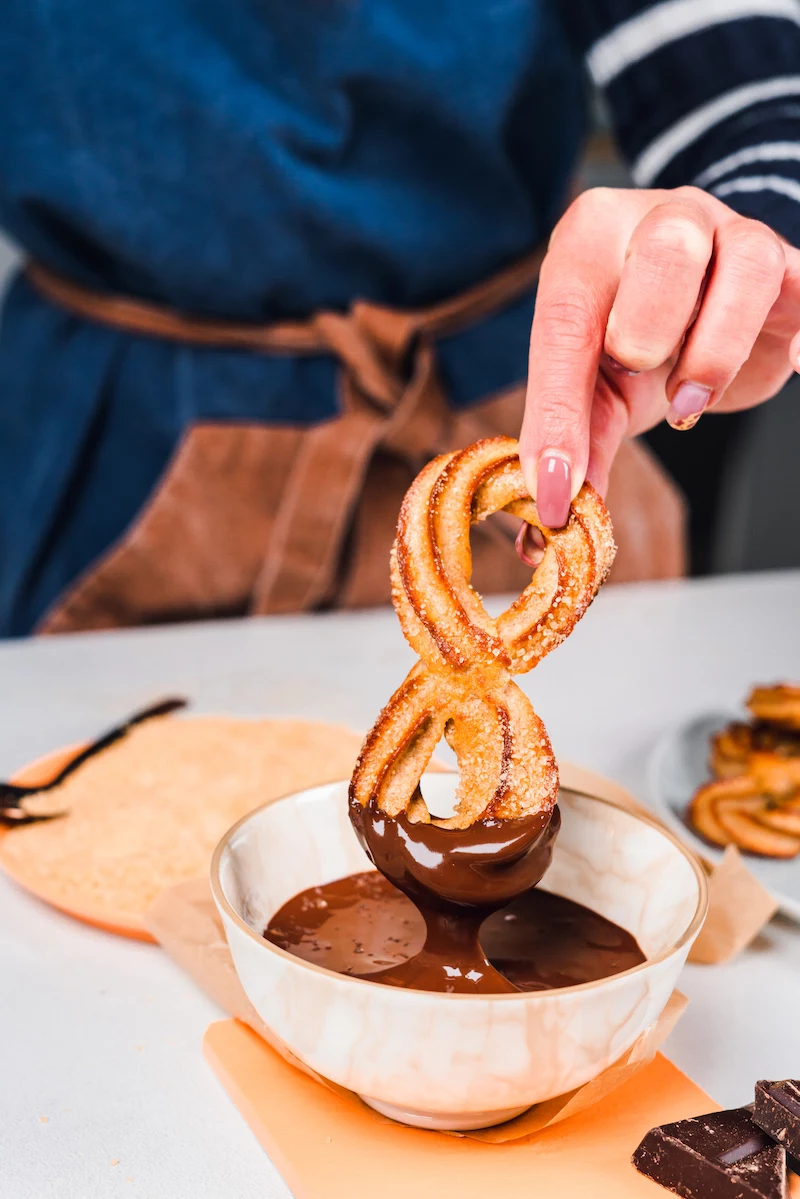
No piping bag? You’re not out of luck.
For a rustic, straight churro, you can use a heavy-duty freezer-style zip-top bag. Spoon the dough into the bag, press out the air, and snip off one of the bottom corners to create a 1/2-inch opening. The key is ‘heavy-duty’—a standard sandwich bag will likely burst under the pressure of the thick dough. It won’t have the classic ridges, but the taste will still be magnificent.
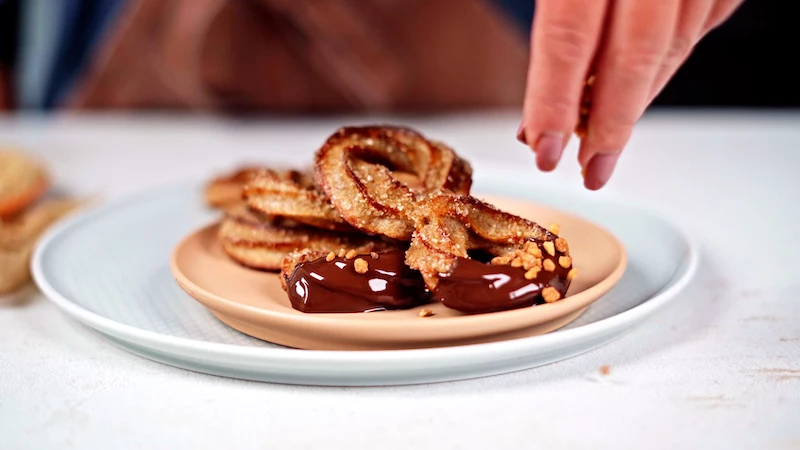
The ritual is just as important as the recipe. Freshly made churros are best enjoyed immediately, as a celebratory breakfast or an afternoon snack known as a merienda. The classic Spanish way is simple:
- Served with a cup of thick, dark hot chocolate for dipping.
- Paired with a strong café con leche.
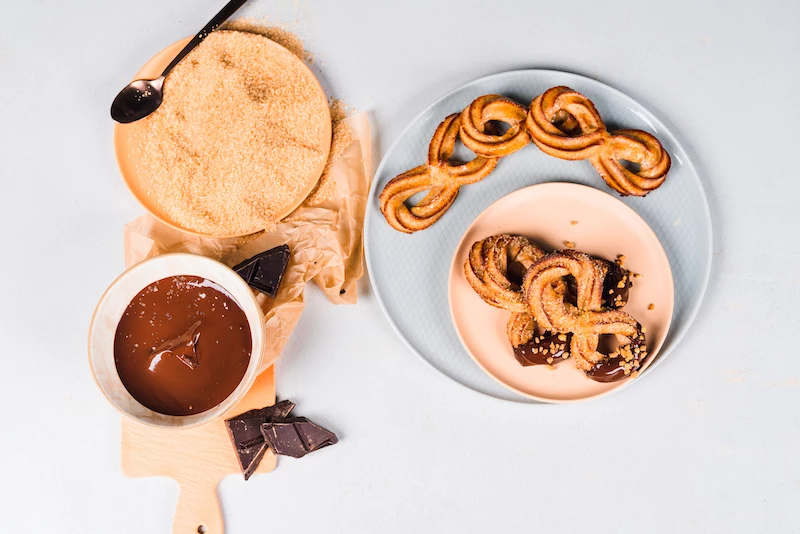
- Sunflower Oil
- Canola (Rapeseed) Oil
- Grapeseed Oil
- Peanut Oil
The key is to use a neutral oil with a high smoke point. Avoid olive oil, as its strong flavor will overpower the delicate taste of the churros and it can’t withstand the high frying temperature required for a crispy finish.
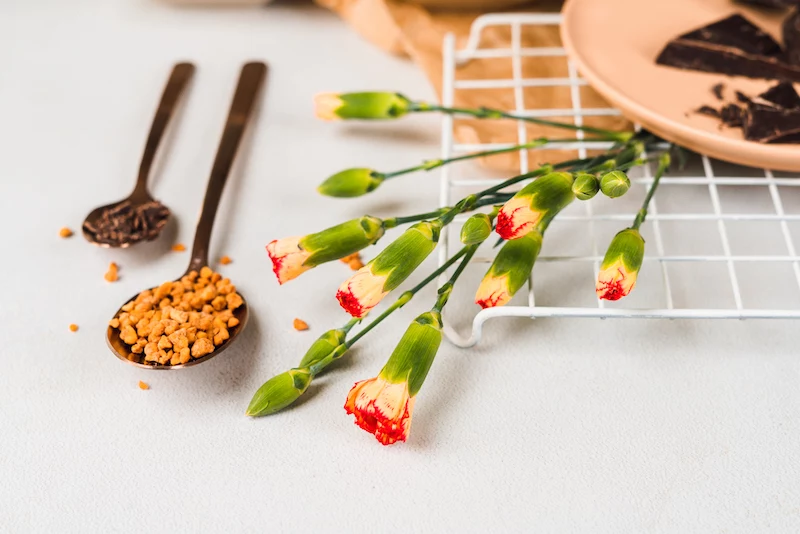
Don’t throw away that oil! Frying oil is reusable. Once it has completely cooled, strain it through a fine-mesh sieve lined with cheesecloth or a coffee filter to remove any food particles. Store it in a sealed, light-proof container in a cool, dark place. You can typically reuse it 2-3 times before the quality degrades.
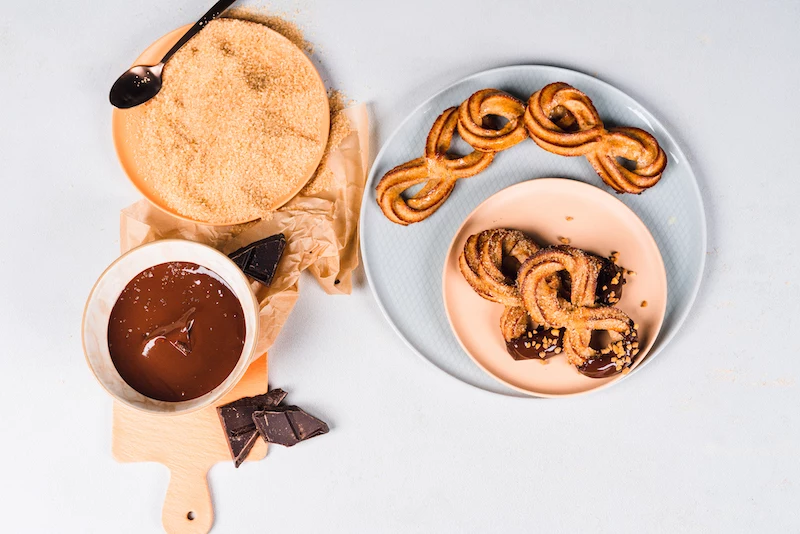
The ‘churro explosion’ is a real phenomenon caused by improperly made dough. If there are uncooked flour pockets or air bubbles trapped inside, the intense heat of the oil can cause them to expand rapidly and burst.
This is why cooking the flour into a smooth *panade* and using a star-shaped nozzle to create vents for the steam to escape are such critical, non-negotiable steps for both quality and safety.
Listen closely when the first churro hits the oil. That immediate, aggressive sizzle is the sound of success. It’s the sound of a perfectly crisp crust forming instantly, sealing the soft, steamy dough inside. The aroma that fills the kitchen—hot oil, sweet dough, and warm cinnamon—is the true reward.










